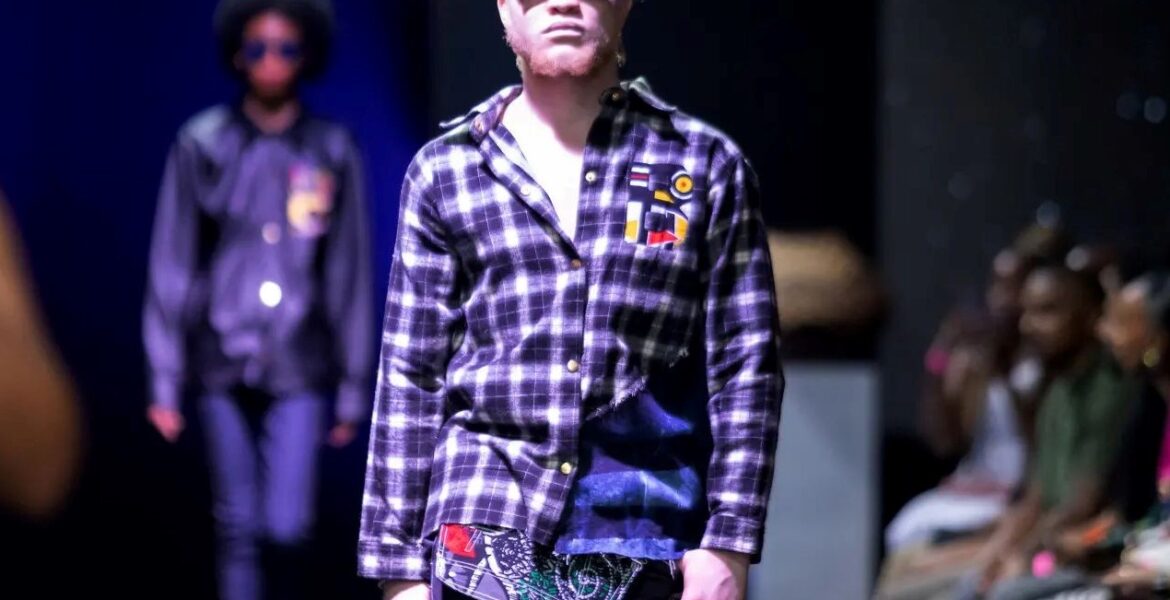The advent of social media has allowed people to express themselves without a need for trend forecasters
GOSEGO MOTSUMI
Debunking the impact of fashion for social change at the just-ended Fashion Without Borders masterclass in Gaborone, designer Lebo Merafhe said in addition to giving a glimpse of someone’s personal style expression, fashion has long been used to convey powerful messages.
She noted that people have often used their fashion statements to express their opinions about causes they advocate for in ways that result in tangible change.
Fashion eras
“If you look at different clothing items, you can tell which era they are coming from because whatever was happening at the time was often expressed in the way that people dressed,” Merafhe said.
“An example is the introduction of jeans as they came about as an expression by women to say our men have been taken to war and we now have to step in as active members of the community. They could not be active members wearing corsets and ball gowns as they invaded factories, and that is where the industrial revolution saw the birth of a jean. Women were more liberated to wear jeans.”
Current social trends
The advent of social media has allowed people to express themselves without a need for trend forecasters and agencies. Social media has now introduced an outlet where people are free to state how they want to dress and the best way to express themselves.
“We are not only relying on fashion trends, fashion houses and agencies to determine what is popular as we can simply follow an influencer who has more power over a brand with the ease and access of technology,” Merafhe noted.
“The influence is personal because people get to choose, unlike when you walk into a shop where there are massive amounts of clothing thrust upon me. Now we are intentional about what we purchase because we are influenced by an influencer.”
Fashion movements
As a result of fashion, Merafhe said there has been powerful movements such as the LGBTQI+ community and the eco-friendly or eco-tourism movement where people are more conscious and aware of what kind of clothing they want and where it comes from. Currently consumers are demanding transparency in the value chain of fashion.
“Now we are dealing with fast fashion which is characterised by cheap materials, coming and going out of the market very quickly and in turn creating a lot of waste,” Merafhe noted. “This is causing people to ask themselves if they are partaking in protecting the environment as they have become more independent in their thinking and what they believe is fashion.”
Fresh opportunities
She said there is the LGBTQI+ movement about gender neutralism where people dress neither like women nor like men but simply put on clothes because they love them. “For me that is the most liberating thing about fashion because now designers are creating pieces that resonate with people,” she pointed out. “That opens a whole potential market that never existed. So fashion is indeed impacting the way the world is moving.”
With the introduction of bales, which is now a booming market, fashion of yesteryear is available in stores. “Clothes in stores today are generic and look the same as people opt for bales and fashion designers to try to find their individuality.”

